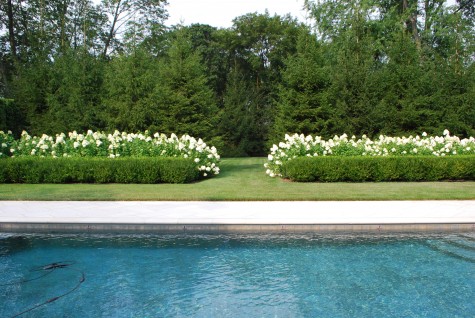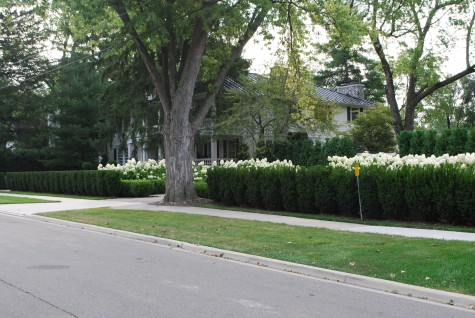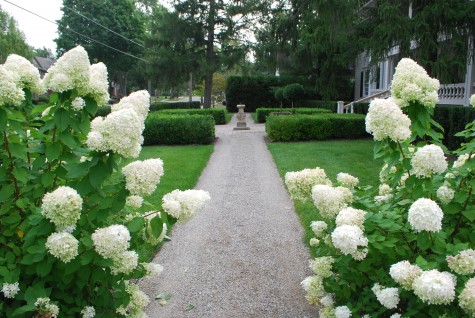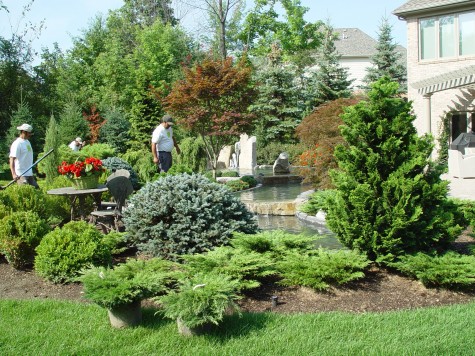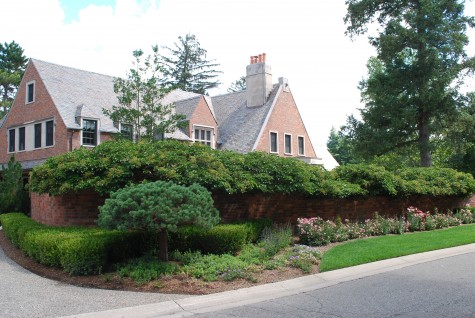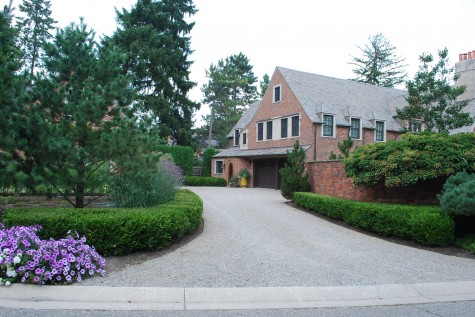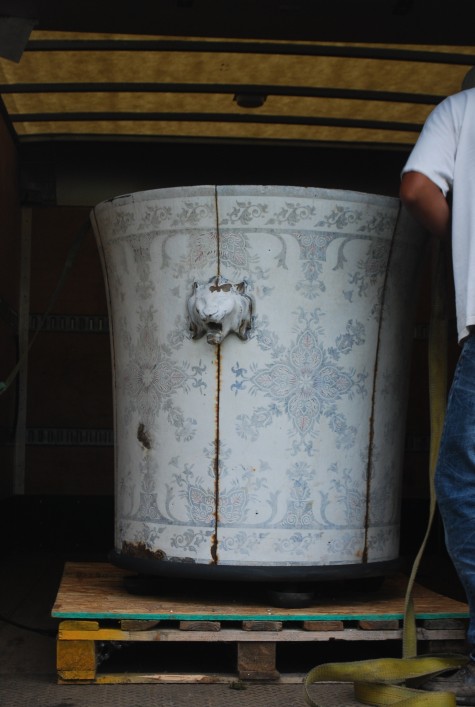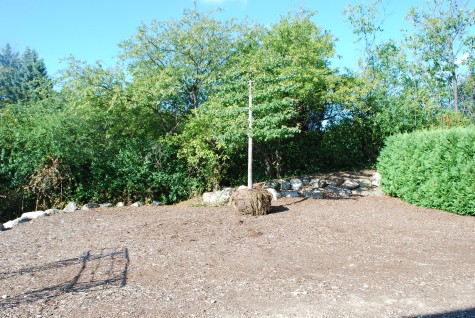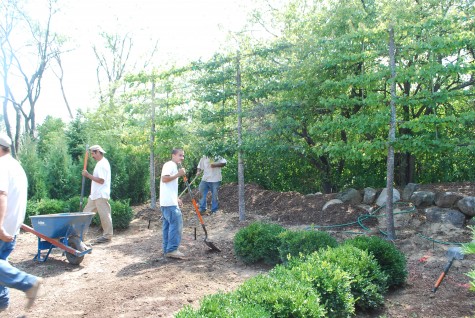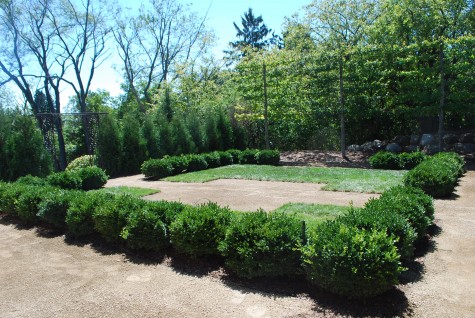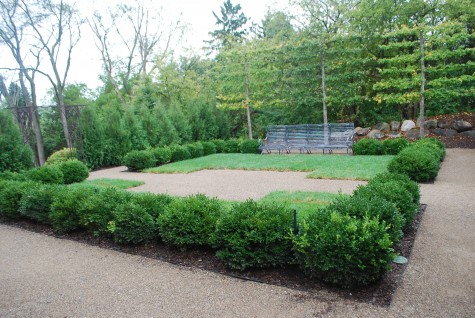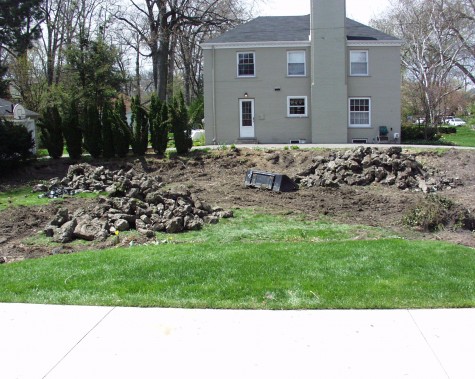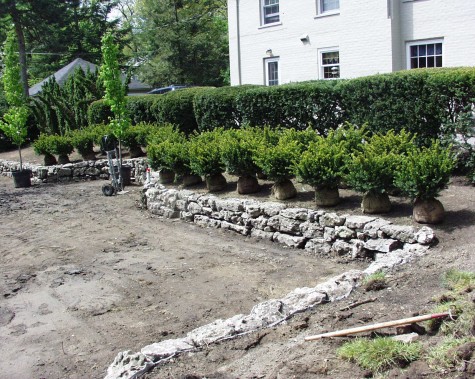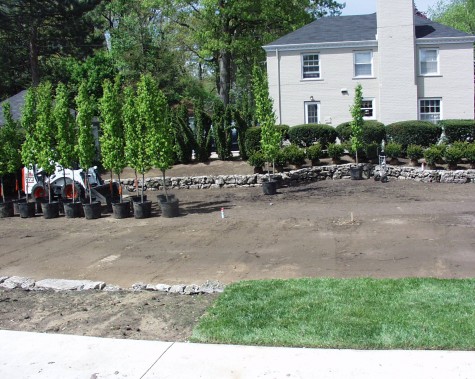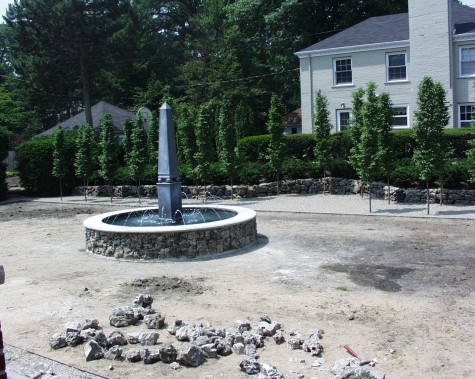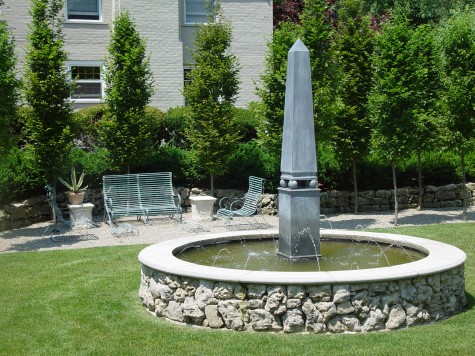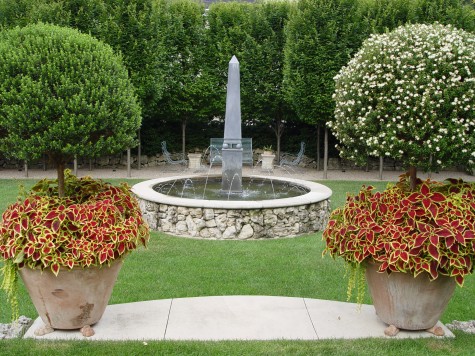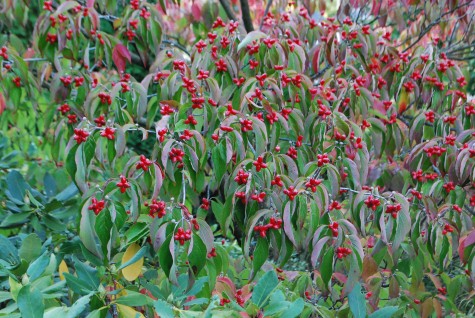
Cornus kousa, or kousa dogwood, has an impressive list of outstanding characteristics. Since few properties are large enough for an arboretum, choices have to be made. Trees with year round interest draw my attention. The kousa dogwood has outstanding exfoliating bark when it is of sufficient age. Like the sycamore or London plane, a old kousa dogwood will randomly shed bark, revealing new bark of a paler color, from underneath. As a result, an old trunk is multi-colored, and highly textural. As much as I like bark, I like the kousa dogwood. This tree furthermore sets brilliant red fruit in September. That shiny fire engine red is my idea of fall fireworks.

Notice I have made no mention of the beautiful white flowers that mature in my yard in June. In a good year, those flowers may last 3 weeks; my gardening season lasts 7-8 months. I need more interest than what great flowers provide before I am moved to dig the the hole required to plant a tree. Even my beloved magnolias whose bloom is so fleeting have great bark and branching, and large luscious leaves all season. A long season of interest-I look for this. My Kousa dogwoods are next to invisible after they bloom. You can only spot it in this picture, as the leaves are beginning to turn.
 Their green leaves fire up slowly, come the beginning of fall. The contrast of that red, and that green is riveting. The shape of the leaves and the pattern of the veins are never more showy than they are in September. The changing of the guard from the summer foliage to the fall display is an event I follow closely.
Their green leaves fire up slowly, come the beginning of fall. The contrast of that red, and that green is riveting. The shape of the leaves and the pattern of the veins are never more showy than they are in September. The changing of the guard from the summer foliage to the fall display is an event I follow closely.
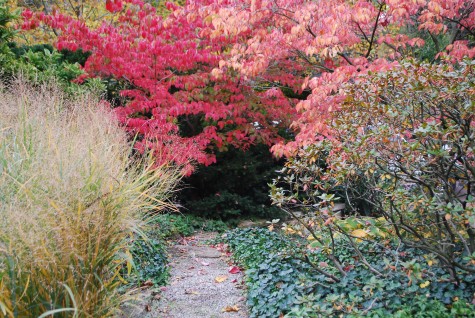 The late September Kousa color is peach; that peach will deepen and mature. I do not know the science well enough to state the evolution of the color depends on night temperatures that are steadily dropping. So many times I research my instincts about nature to find out my notions have no basis in fact. Suffice it to say, the fall color on the kousa changes dramatically over the course of the fall.
The late September Kousa color is peach; that peach will deepen and mature. I do not know the science well enough to state the evolution of the color depends on night temperatures that are steadily dropping. So many times I research my instincts about nature to find out my notions have no basis in fact. Suffice it to say, the fall color on the kousa changes dramatically over the course of the fall.
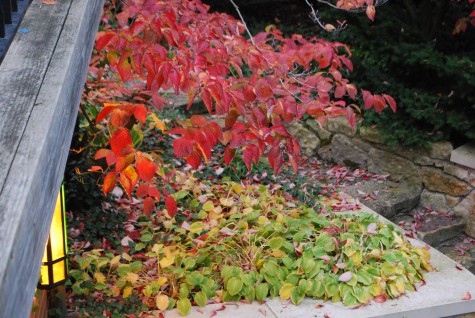 I have four kousa dogwoods on the north side of my house. All four have grown steadily over the past 15 years. This kousa planted at the front corner of my Romeo and Juliet balcony has grown such that the branches have come up and over the deck; they are at my eye level now. One branch of that dogwood grows over the driveway far below. I never notice that branch until the fall colors up the leaves. The garage lights make those leaves glow an orangy red.
I have four kousa dogwoods on the north side of my house. All four have grown steadily over the past 15 years. This kousa planted at the front corner of my Romeo and Juliet balcony has grown such that the branches have come up and over the deck; they are at my eye level now. One branch of that dogwood grows over the driveway far below. I never notice that branch until the fall colors up the leaves. The garage lights make those leaves glow an orangy red.
 The vibrant red kousa leaves, underpainted and glowing from inside with that early orangy peach color, are the star of my north side garden show for weeks. The fall is all about the evolution of the leaves. How they grow and photosynthesize over the summer, then turn, how they fade-how they drop-a gorgeous visual lesson in the process that is nature. The process I am writing about takes the better part of 3 months. That three month spectacular leaf turn and drop makes a kousa dogwood a tree I would not do without.
The vibrant red kousa leaves, underpainted and glowing from inside with that early orangy peach color, are the star of my north side garden show for weeks. The fall is all about the evolution of the leaves. How they grow and photosynthesize over the summer, then turn, how they fade-how they drop-a gorgeous visual lesson in the process that is nature. The process I am writing about takes the better part of 3 months. That three month spectacular leaf turn and drop makes a kousa dogwood a tree I would not do without.
 There comes that brief time when the red leaves of my dogwoods are just about as intense as the red fruit. That spectacular fall color is one of many reasons why a Kousa dogwood is worth any gardener’s consideration. I have considered no end of plants for my own garden, and for the gardens of clients. Decisions get made; trees get planted and take hold. A good choice matters much.
There comes that brief time when the red leaves of my dogwoods are just about as intense as the red fruit. That spectacular fall color is one of many reasons why a Kousa dogwood is worth any gardener’s consideration. I have considered no end of plants for my own garden, and for the gardens of clients. Decisions get made; trees get planted and take hold. A good choice matters much.
A tree is one of nature’s biggest plants. I think about every tree I plant, and its location, long and hard-given the space it will occupy, and what conditions on the ground it will influence. I additionally hope any tree I plant will outlive me. That given, I choose which tree for where with great care. Today I am delighted to have a foursome of Kousa dogwoods thriving in my garden. Their fall leaves in color delights me. The summer season has no end of visual delight. I have three other seasons besides the summer; I have interest in some off-season delight.

That congested thicket of red-orange kousa leaves peak, thin, and fall. Those last few dogwood leaves holding on today speak eloquently to the end of the season. Consider cornus kousa for your garden. Should you already have one, consider more. The fall color-enjoy every bit of it.
